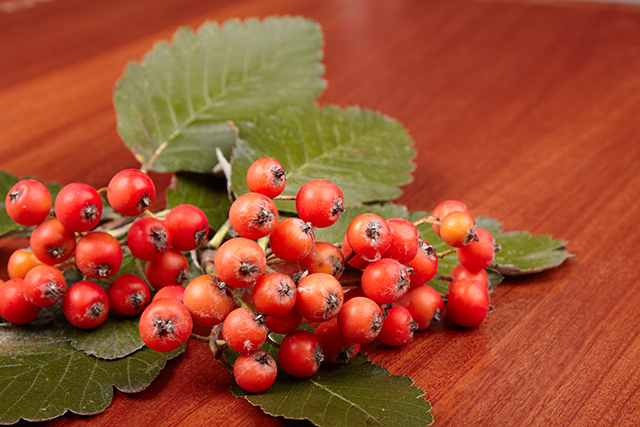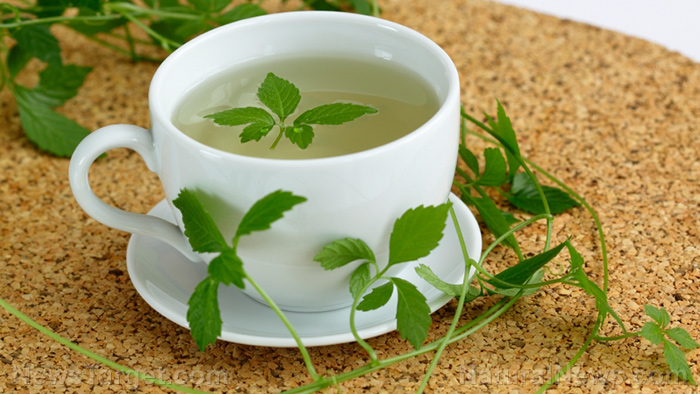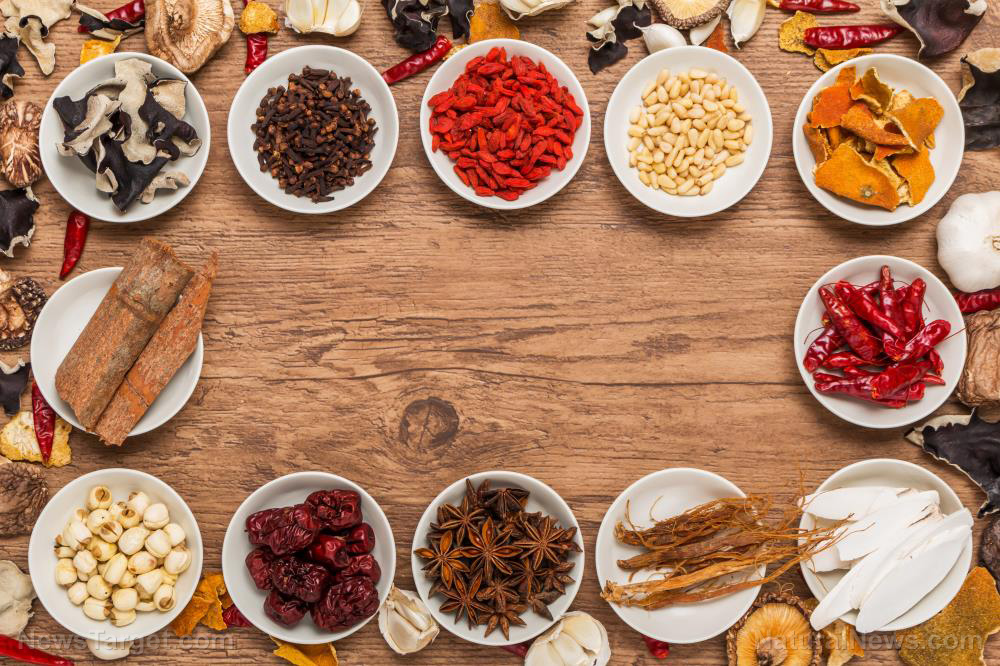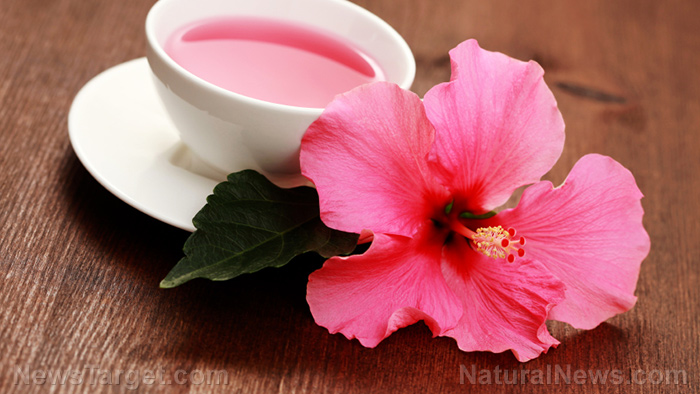Hawthorn: Nature’s time-tested heart ally
06/14/2025 / By Willow Tohi

- Hawthorn has deep roots in European and North American traditions, symbolizing renewal, protection and heart health in folklore and rituals like Beltane.
- Modern research confirms hawthorn’s ability to improve heart function, blood flow and symptoms of mild heart failure, thanks to flavonoids and proanthocyanidins.
- Acts as a vasodilator, enhances nitric oxide production, reduces oxidative stress and supports healthy blood pressure and cholesterol levels.
- Herbalists value hawthorn for calming the nervous system, aiding grief/stress and symbolizing love, protection and heart chakra balance.
- Available as tea, tincture, or extract; consult a doctor before combining with heart medications or using for severe heart conditions.
For centuries, healers across cultures have turned to hawthorn — a unassuming yet potent shrub — as a cornerstone for heart health and holistic wellness. From its origins in medieval folk medicine to its role in contemporary herbal practices, hawthorn’s versatility and efficacy continue to be celebrated for both physical and emotional healing.
A history rooted in tradition
Native to Europe and North America, hawthorn (Crataegus monogyna) is steeped in myths and rituals. Known traditionally as “May” for its bloom around May Day, it was central to Beltane celebrations, symbolizing renewal and new beginnings. Woven into wedding garlands and maypoles, it was also thought to ward off misfortunes, with its thorns serving as a physical and spiritual boundary. Folklore warned against bringing its blossoms indoors (implicated in fears of ill luck), yet hawthorn cuttings were paradoxically planted outside to shield homes from perceived threats.
Beyond symbolism, hawthorn’s physical properties have long been valued. Early healers recognized its cardiac benefits, using its berries, flowers and leaves in tonics to support heart function.
Modern validation of ancient wisdom
Modern research has corroborated hawthorn’s time-honored reputation. Studies, including one in the Journal of Evidence-Based Complementary & Alternative Medicine, note that hawthorn extract—consumed in doses between 160-1,200 mg daily for 8-16 weeks — can improve symptoms of mild heart failure. Its active compounds, such as flavonoids and proanthocyanidins, enhance blood flow by dilating coronary arteries and boosting oxygen uptake in cardiac tissues. These effects align with its traditional role in easing irregular heartbeat, chest pain and arterial stiffness.
Key mechanisms of action include:
- Nitric oxide enhancement: Improves arterial relaxation.
- Antioxidant activity: Reduces oxidative damage linked to heart disease.
- Stabilized blood pressure: Acts as a vasodilator without overstimulation.
Hawthorn also offers secondary benefits, such as mild digestive aid, support for healthy cholesterol levels (reducing LDL) and balanced blood sugar through improved insulin sensitivity.
Emotional and spiritual nourishment
Herbalists have long noted hawthorn’s dual role as a heart tonic and emotional healer. Its calming effects on the nervous system make it a resource for those navigating grief, heartbreak, or chronic stress. Practitioners describe it as an herb that “hugs the heart,” offering resilience without overt stimulation.
Spiritually, hawthorn is tied to concepts of love and protection. Its association with the heart chakra invites users to release emotional blockages while fostering self-love. In many traditions, it symbolizes the balance between heart-centered openness and boundary-setting.
Usage and safety considerations
Hawthorn is most commonly consumed as a tea, tincture, or standardized extract. Components like vitamin C–rich berries, flowers and leaves contribute to its cardioprotective and antioxidant-rich profile.
Caution:
- Consult a healthcare provider before using hawthorn alongside heart medications, as it may interact with medications for arrhythmias or blood pressure.
- Not recommended for those with severe heart failure without professional guidance.
A quiet healer, proven over time
Hawthorn stands apart in the world of herbal medicine for its blend of scientific validation and deep cultural significance. It is neither flashy nor trendy, yet its legacy of improving cardiovascular health and emotional well-being remains undimmed. From medieval health practices to modern herbal aisles, this humble hedge plant continues to prove that nature’s quietest offerings can hold the deepest wisdom.
Note: This article is informational. For medical use, always seek advice from a qualified healthcare practitioner.
Sources for this article include:
Submit a correction >>
Tagged Under:
Ancient medicine, flavonoids, hawthorn, healing, health science, heart disease, heart health, herbal medicine, Herbs, natural cures, natural health, natural medicine, organics, phytonutrients, plant medicine, remedies
This article may contain statements that reflect the opinion of the author





















